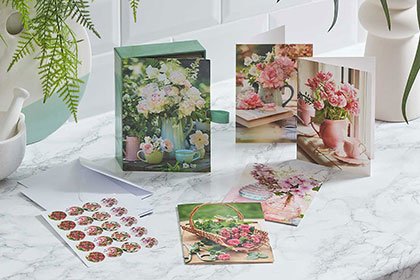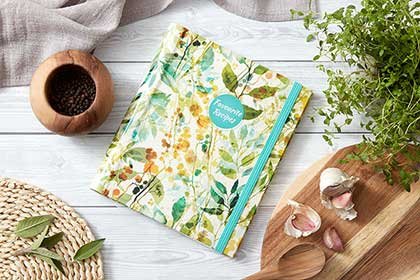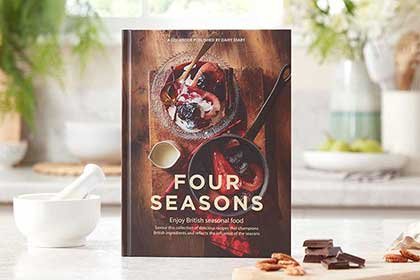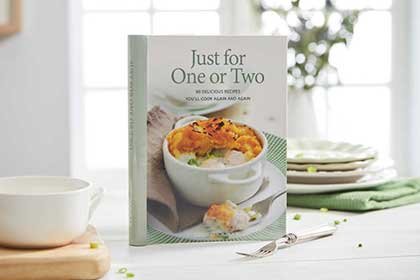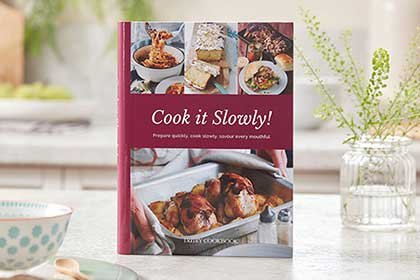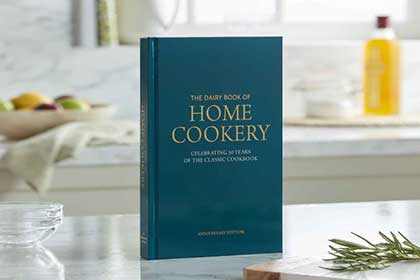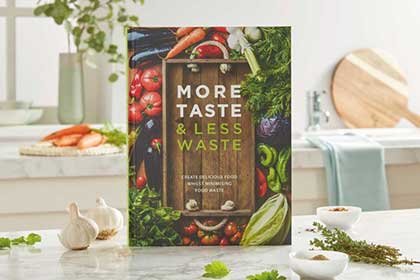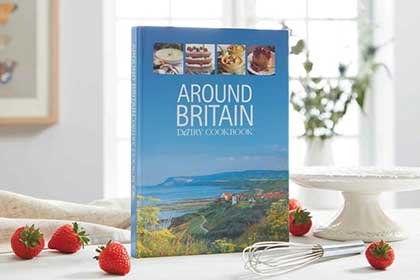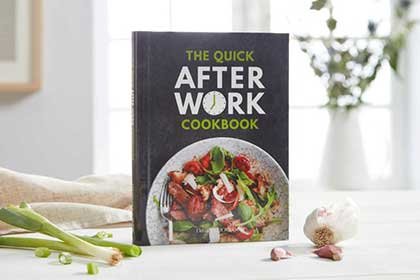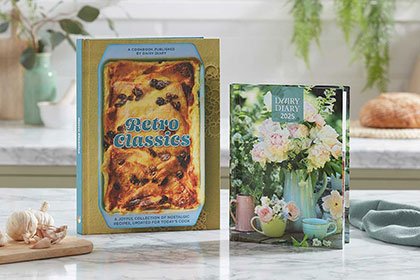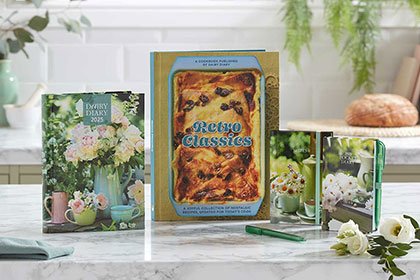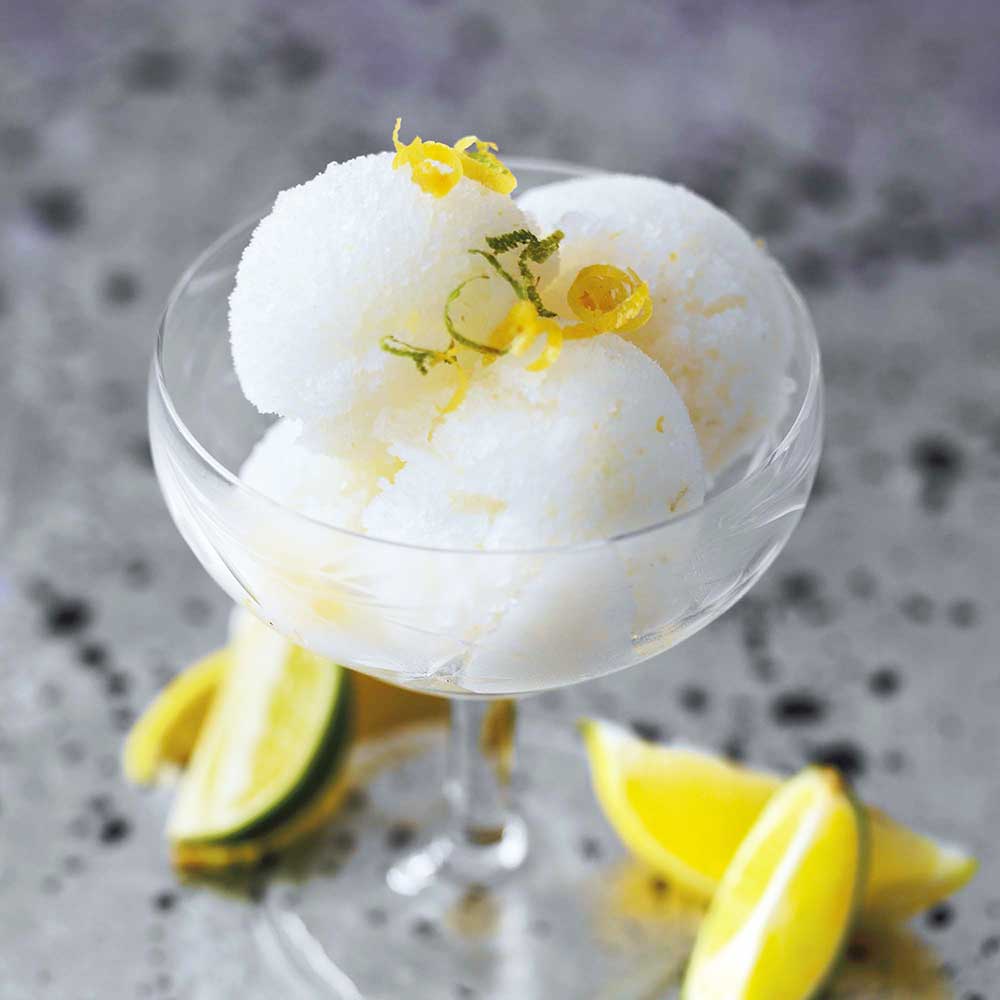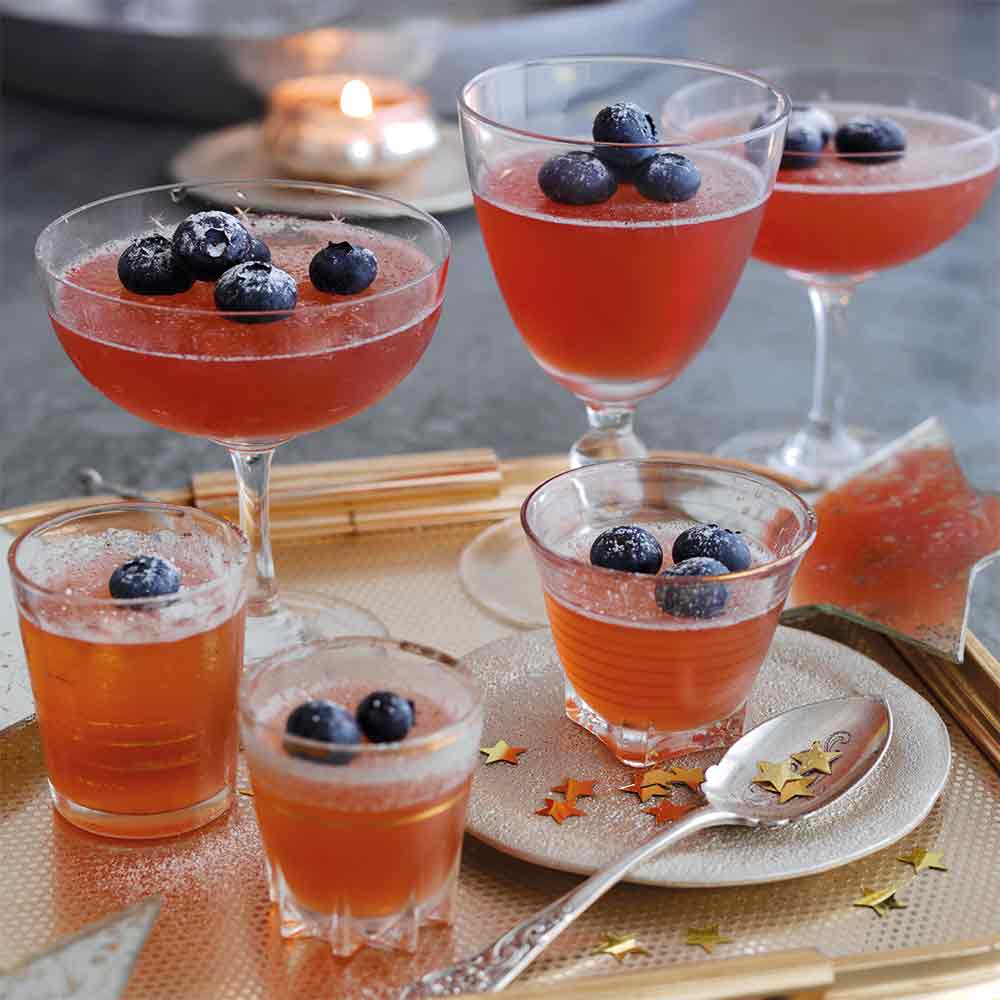The second Saturday of June is World Gin Day.
We have put together a summary of the delicious drink’s history, as well as some gorgeous gin recipes to celebrate World Gin Day any day!
Gin has seen a huge surge in popularity over recent years, which has unleashed the potential for micro-makers and larger-scale producers to really up their game. There is a myriad of different gins to choose from; we’re spoilt for choice.
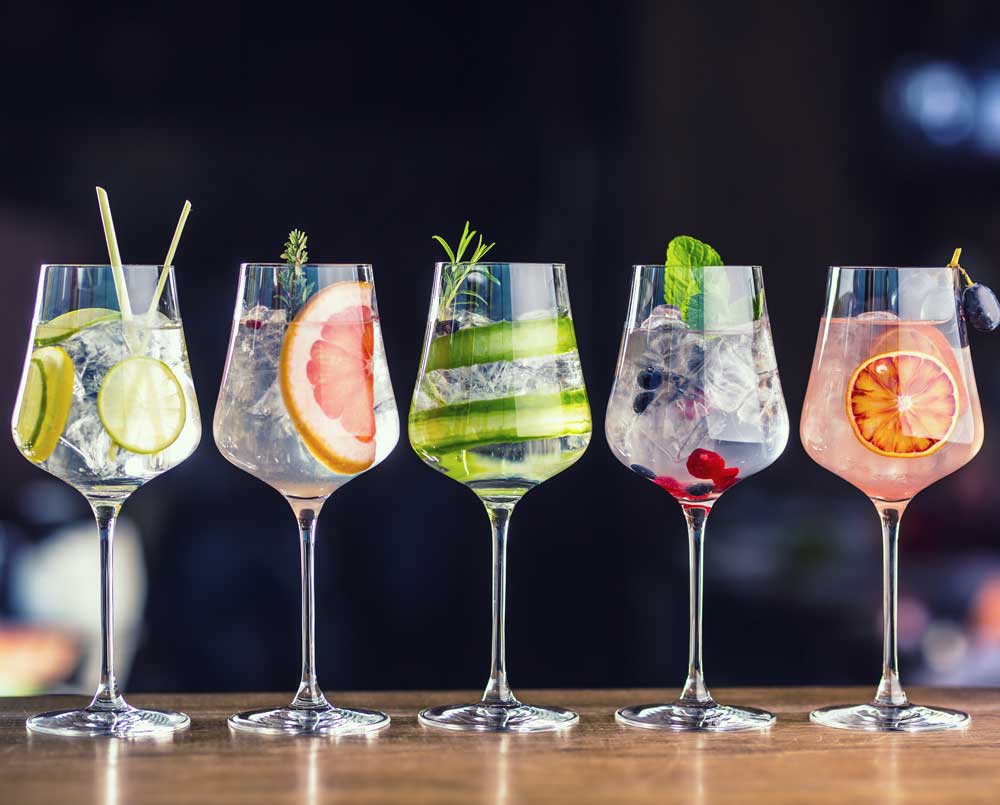
The history of gin
As far back as the 11th century, Italian monks have been using gin’s primary ingredient, juniper berries, to flavour distilled spirits. But it wasn’t until the 17th century that real ‘gin’ (derived from the Dutch jenever, meaning juniper) was invented by Dutch physician, Franciscus Sylvius. Soon, many small Dutch and Flemish distillers were producing drinks distilled with juniper and various other herbs or spices. These were sold in chemists and used to treat ailments such as kidney problems, lumbago, gallstones, and gout.
Dutch troops fighting alongside the English to ward off the attack of Louis XIV drank Genever heavily before going into battle and were deemed to be excessively brave.
The term ‘Dutch Courage’ comes from the English troops who decided to also drink Genever before going into battle and believed that they had taken on the Dutch’s courage.
Gin in England
During the war, English troops took Genever home with them and the spirit soon became vastly popular, especially with the poor, with the name ‘Genever’ eventually shorted to ‘gin’.
In England, gin gained in popularity with William III, also the ruler of the Dutch Republic, who actively encouraged its distillation. Anyone could now distil by simply posting a notice in public and waiting just ten days.
This spurred a period known as the Gin Craze, as thousands of gin-shops sprang up, and many households produced their own. As clean water was hard to come by, gin was seen as a safe alternative and was consumed by many, including children, causing huge social problems such as misery, rising crime, madness, higher death rates and falling birth rates. Gin joints allowed women to drink alongside men for the first time and it is thought this led many women to neglect their children hence gin becoming known as ‘Mother’s ruin’.
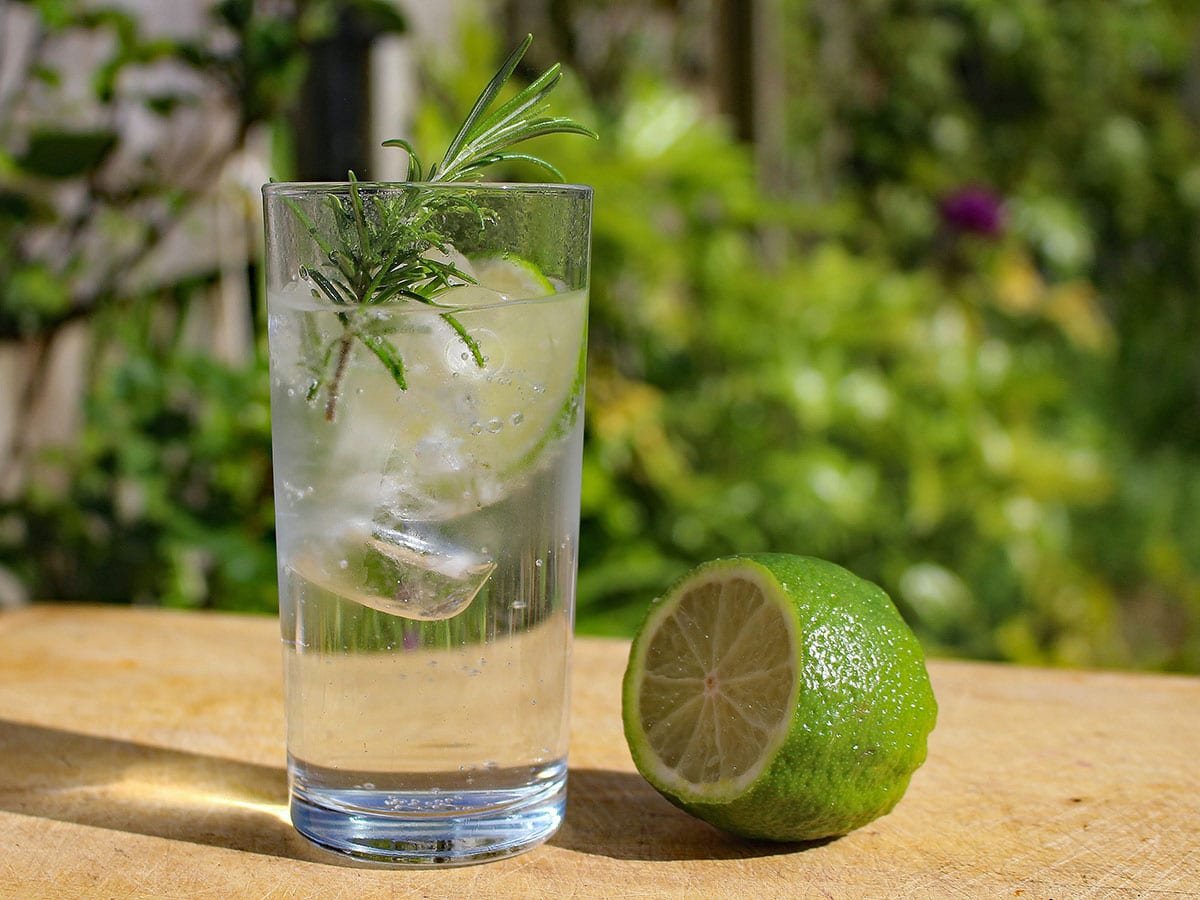
The government took action with the 1736 Gin Act which taxed retail sales at 20 shillings a gallon and made selling gin without a £50 annual licence strictly illegal. However, this backfired and reputable sellers were put out of business as bootleggers thrived.
The bootlegger’s gin, which went by colourful names such as ‘Ladies Delight’ and ‘Cuckold’s Comfort’, was more likely to have been flavoured with turpentine than juniper and was often poisonous.
The rise and fall of gin
A series of bad harvests forced grain prices up, making landowners less dependent on the income from gin production. Food prices consequentially went up and wages went down, meaning the poor were no longer able to afford gin. By 1757, the Gin Craze was all but dead.
Fast forward the British Empire and gin makes a return, popular when mixed with quinine (or tonic) as a successful anti-malarial drug. Churchill famously said, “The gin and tonic has saved more Englishmen’s lives than all the doctors in the Empire”.
But gin’s mid-century heyday came to an abrupt end. The late 70s and 80s saw it ousted by vodka, newer spirits and wine.
Over the last ten years, however, gin has seen a huge resurgence, with many craft distilleries producing new varieties and flavours, and is a far cry from the mother’s ruin of the past.
Celebrating World Gin Day
In honour of World Gin Day, we have put together some of our best recipes involving gin, from drinks to desserts!
Enjoy!
Sparkly Sloe Gin Jellies
Wow with these wonderfully sinful Sparkly Sloe Gin Jellies recipe from the Dairy Diary.
Dairy Diary
The 2025 diary is the perfect choice for planning, organising and inspiring you throughout the year.

Head of Dairy Diary; I’m passionate about producing high quality products that our customers will cherish. I’m also a mum of three and I enjoy cooking, walking, gardening and art with my family, as well as lino printing (if I find time!)












